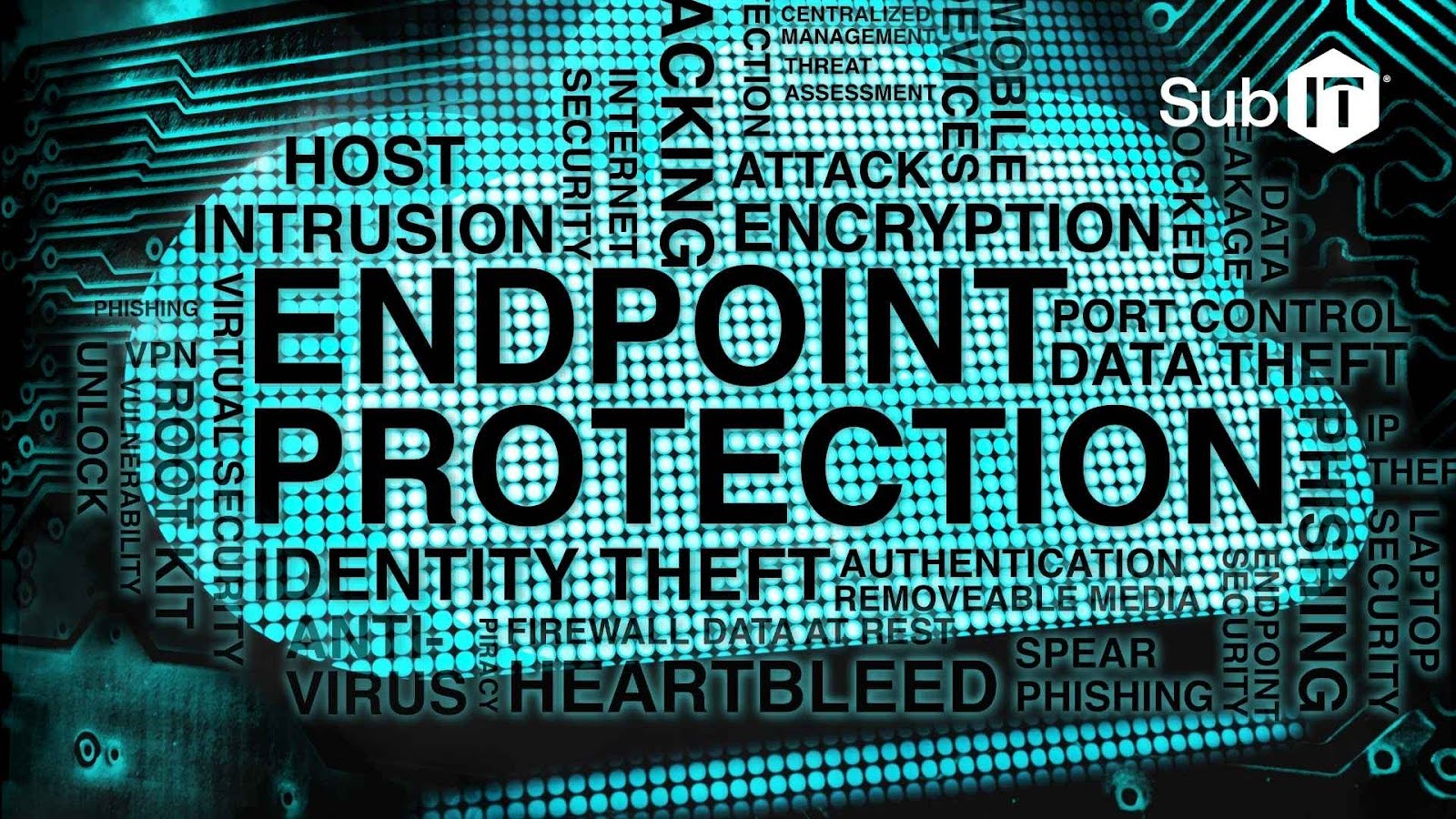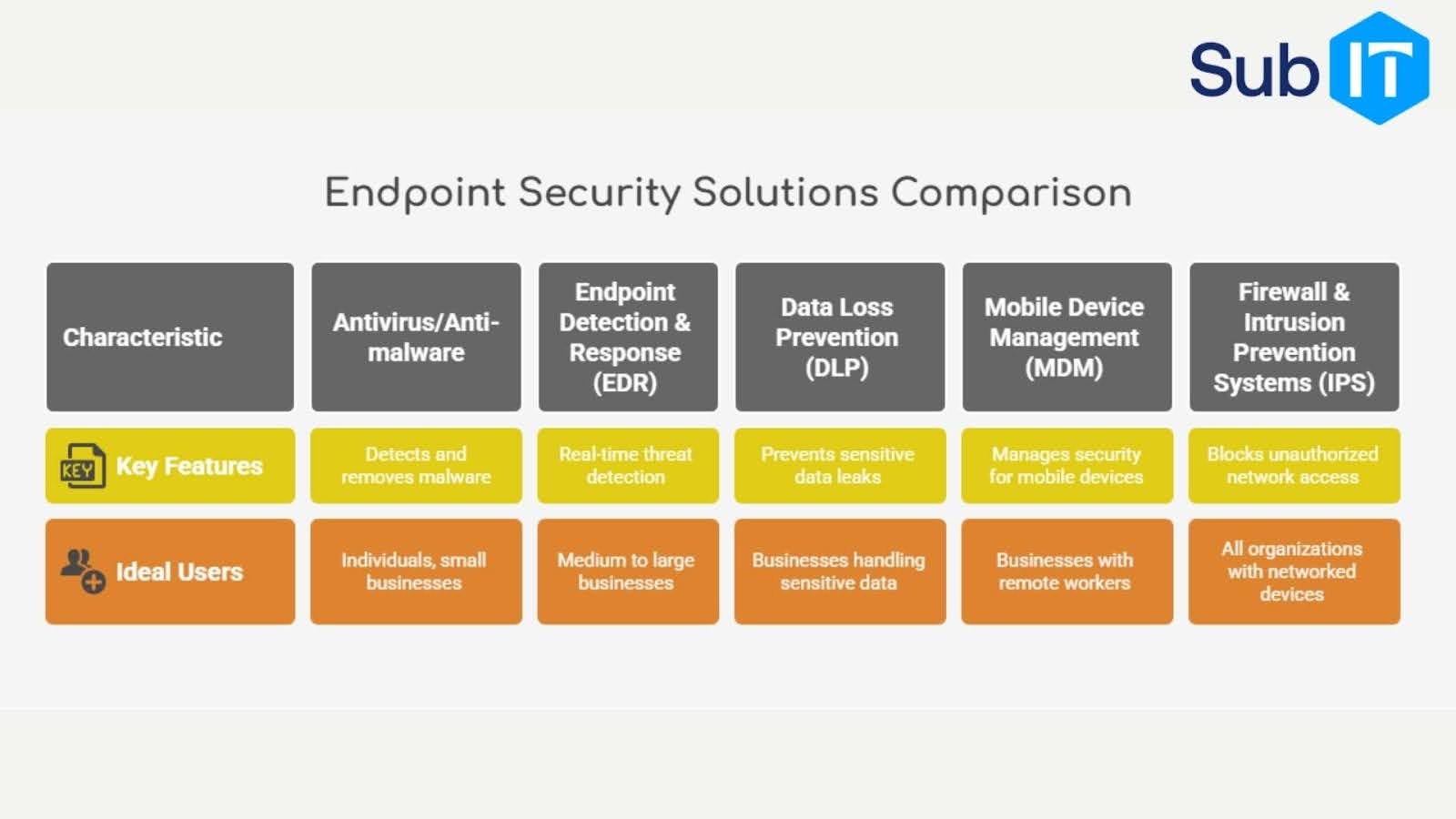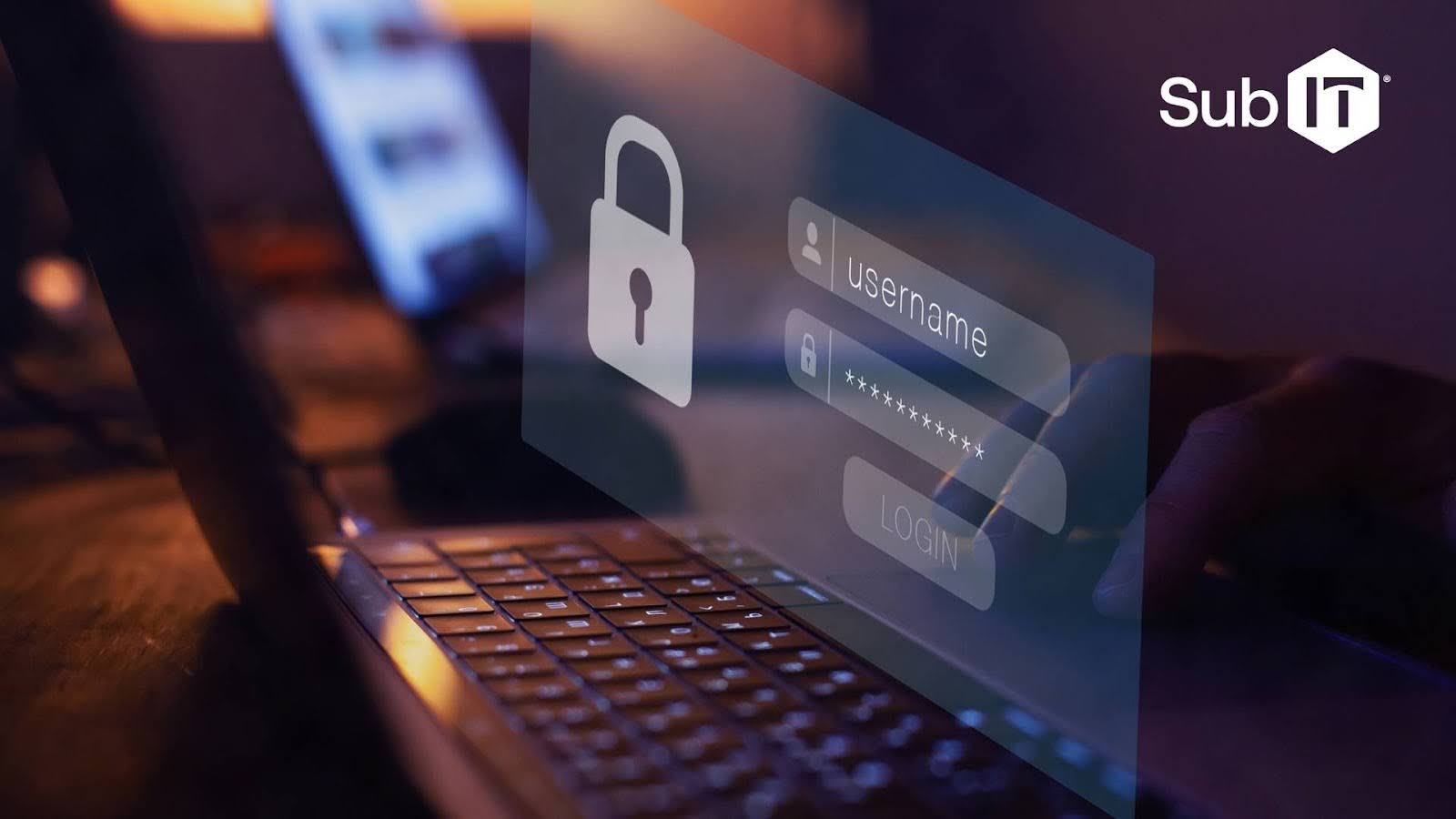
Protecting your business devices is more important than ever. With cyber threats becoming increasingly sophisticated, making sure that laptops, desktops, mobile devices, and servers are secure is important to maintaining your operations.
According to the HIPPA Journal, 92% of U.S. healthcare organizations experienced a cyberattack in the past year, showing just how pervasive and damaging these threats can be.
SubIT simplifies endpoint security by combining skilled IT support and personalized client service. With a team dedicated to continuous growth and a client base that spans locations and time zones, we provide the tools and support businesses need to stay secure and operate smoothly, no matter where they are.
Key Takeaways
- Endpoint security protects devices like laptops, desktops, smartphones, tablets, and IoT gadgets from cyber threats such as malware, ransomware, and phishing.
- It works by identifying and monitoring devices, detecting and blocking threats, and enforcing security policies to reduce risk.
- Selecting the right protection involves evaluating factors like business size, device types, vulnerability levels, and ease of use.
What is Endpoint Security?
Endpoint security protects devices like laptops, desktops, smartphones, tablets, and IoT gadgets from cyber threats such as malware, ransomware, and phishing attacks.
It monitors device activity, detects threats in real-time, and stops attacks before damage occurs. Endpoint solutions also enforce security rules, manage software updates, and alert you to potential vulnerabilities, keeping your data safe from hackers.
Why is Endpoint Security Important?
Endpoint security matters because cyber threats keep rising, and your devices are prime targets. Hackers exploit weak device protection to steal sensitive data, spread malware, or demand ransom payments. Without effective endpoint security, you’re exposed to:
- Data breaches leading to identity theft or financial losses
- Malware infections that disrupt business or personal use
- Phishing attacks stealing passwords or sensitive information
- Costly downtime recovering compromised devices
- Loss of customer trust if personal data is compromised
Endpoint security prevents these issues by quickly identifying threats and stopping attacks before damage occurs. It makes sure devices stay secure, data stays private, and you avoid the costly consequences of cyberattacks.
How Endpoint Security Works: A Step-by-Step Overview
Endpoint security follows a simple, three-step process to protect your devices:
Step 1: Endpoint Identification & Monitoring
The system identifies every endpoint (devices connected to your network), and monitors their activity continuously, watching for unusual behavior or signs of compromise.
Step 2: Threat Detection & Response
If suspicious activity is detected (like malware or unauthorized access), endpoint security tools instantly alert you and automatically respond by blocking threats and isolating affected devices to prevent damage.
Step 3: Policy Enforcement & Remediation
Endpoint security applies security policies, such as mandatory software updates and password rules, across all devices. If a breach happens, it quickly fixes vulnerabilities and restores your system’s security, minimizing downtime and risk.
Types of Endpoint Security Solutions
Endpoint security comes in various forms, each with specific strengths. Here’s a quick breakdown:
| Solution | Key Features | Ideal Users |
| Antivirus and Anti-malware | Detects and removes malware, viruses, and spyware | Individuals, small businesses |
| Endpoint Detection & Response (EDR) | Real-time threat detection, detailed incident analysis | Medium to large businesses |
| Data Loss Prevention (DLP) | Prevents sensitive data leaks and unauthorized transfers | Businesses handling sensitive data |
| Mobile Device Management (MDM) | Manages security for smartphones, tablets, and mobile apps | Businesses with remote/mobile workers |
| Firewall & Intrusion Prevention Systems (IPS) | Blocks unauthorized network access, monitors traffic | All organizations with networked devices |
Common Cyber Threats Addressed by Endpoint Security
Endpoint security tackles the most common cyber threats directly, including:
- Malware: Malicious software designed to damage devices, steal information, or cause disruptions.
- Ransomware: Malware that encrypts your data and demands payment to restore access.
- Phishing Attacks: Fake emails or websites designed to trick you into sharing sensitive information like passwords or financial details.
- Zero-Day Exploits: Previously unknown vulnerabilities exploited by hackers before developers can release fixes.
According to the Verizon 2023 Data Breach Investigations Report, ransomware was responsible for 24% of all data breaches last year. Social engineering attacks and phishing schemes also remain common, making proactive protection more important than ever.
Best Practices for Implementing Endpoint Security
Protecting your endpoints starts with simple steps, but human error is still a big factor. Based on data from the Verizon 2023 Data Breach Investigations Report, 74% of breaches involve the human element, such as falling for phishing scams or using weak passwords.
Training your team and keeping systems updated is just as important as having strong security software. Follow these best practices to strengthen your endpoint security:
- Keep Software Updated: Regularly update operating systems and apps to patch vulnerabilities.
- Use Strong Authentication: Enable multi-factor authentication (MFA) for sensitive devices.
- Regularly Back Up Data: Create frequent backups to quickly recover from ransomware or data loss.
- Educate Users: Train your team to recognize phishing emails and suspicious activities.
- Limit User Privileges: Give users only the access they need, reducing the risk of misuse.
- Encrypt Sensitive Data: Protect important files with encryption in case devices are lost or stolen.
- Regularly Review Security Logs: Monitor endpoint activity logs to catch threats early and respond fast.
Choosing the Right Endpoint Security Solution
Not all devices are equally protected, and it’s important to know where your vulnerabilities are.
According to the Ponemon Institute, 55% of professionals consider smartphones to be among their most vulnerable endpoints, showing the need to select solutions that cover every type of device your business uses, especially those most likely to be targeted.
Selecting the right endpoint security depends on a few key factors:
- Budget: How much you’re willing to spend.
- Scalability: Can it grow with your business?
- Compliance Needs: Does your industry have specific security regulations?
- Ease of Use: Is the solution user-friendly for your team?
Endpoint Security FAQs
Q: What devices need endpoint security?
Any device that connects to your network, laptops, desktops, smartphones, tablets, and IoT devices, needs endpoint security.
Q: What’s the difference between endpoint security and network security?
Endpoint security protects individual devices from threats. Network security focuses on defending the entire network infrastructure.
Q: Can endpoint security prevent all cyberattacks?
No security solution can stop every attack. Endpoint security blocks most common threats and reduces risk, but combining it with other defenses gives stronger protection.
Get Reliable Protection for Every Device
Your business security should be simple and effective. At SubIT, we deliver the same level of care you’d expect from your own IT department. Our team is always growing and focused on your satisfaction, with a proven track record and real cybersecurity know-how.
If you want people-first support that keeps every device and user secure, connect with us directly. Visit our contact page to take the next step.


